I am getting the "object" value instead of the exact value. How do I get the value returned using a callback function?
function loadDB(option, callBack){
var dfd = new jQuery.Deferred(),
db = window.openDatabase('mydb', '1.0', 'Test DB', 1024*1024),
selectQuery = "SELECT log FROM LOGS WHERE id = ?";
db.transaction(function(tx){
tx.executeSql(selectQuery,[option],function(tx,results){
var retval;
if( results.rows.length ) {
retval = unescape(results.rows.item(0)['log']);
}
var returnValue = dfd.resolve(retval);
});
});
return dfd.promise();
}
results = loadDB(2).then(function(val){ return val; } );
console.log("response***",results);

 =>(
=>(  . =>
. =>